How to Choose the Right Cocoa Machines for Your Business Needs
In the growing global chocolate market, projected to reach $162.24 billion by 2024, the importance of choosing the right cocoa machines for your business needs cannot be overstated. With the increasing demand for high-quality cocoa products, investing in advanced cocoa machines has become essential for manufacturers aiming to enhance productivity and maintain competitive edge. According to a recent report from Research and Markets, cocoa processing equipment is witnessing a steady growth rate of about 5.1% annually, driven by innovations in technology and rising consumer preferences for artisanal and premium chocolate. By carefully evaluating the capabilities, efficiency, and specific requirements of different cocoa machines, businesses can optimize their production processes, improve product quality, and ultimately increase profitability in this lucrative market.
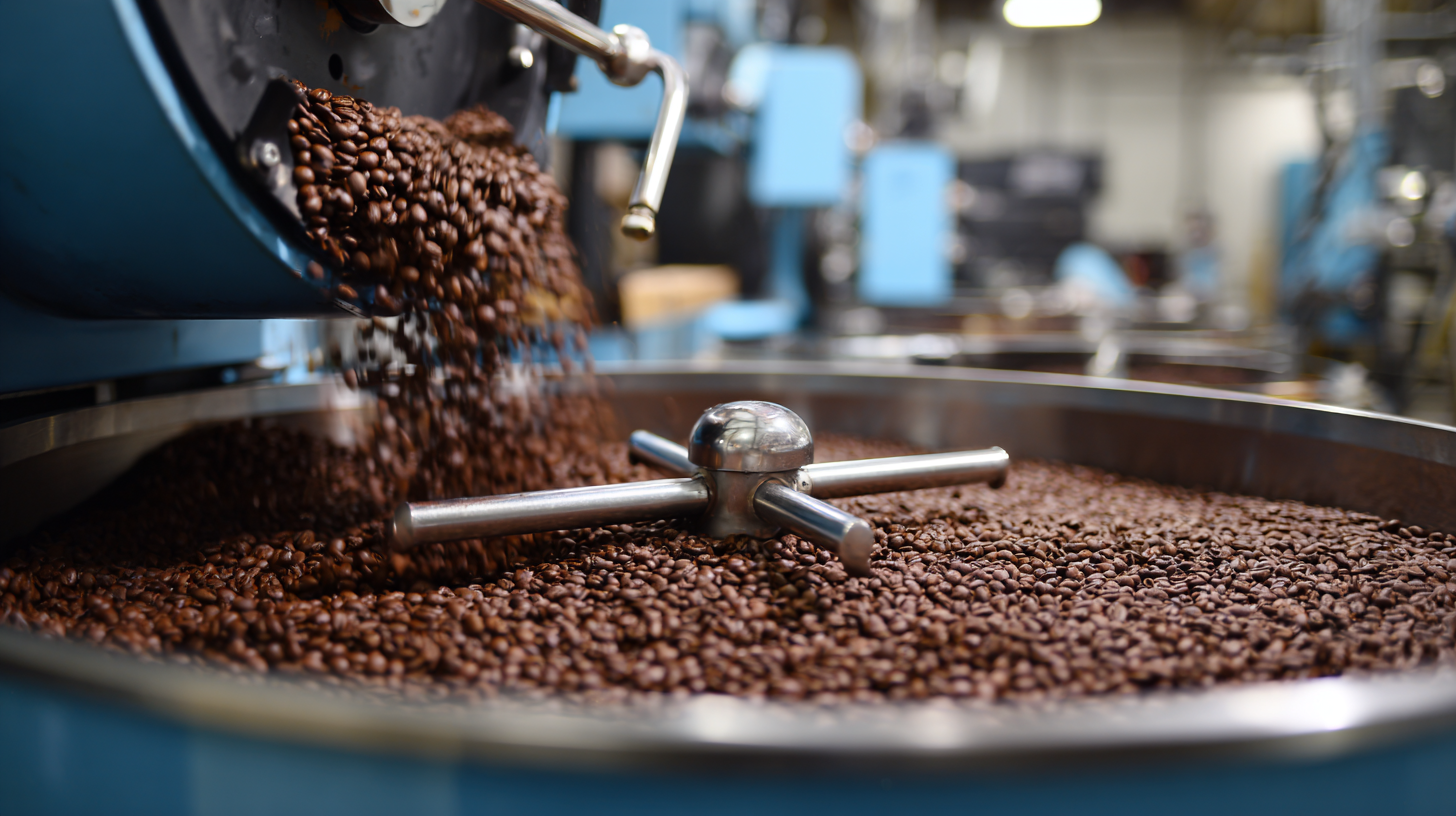
Understanding Your Business Requirements for Cocoa Machines
When selecting the right cocoa machines for your business, it's essential to begin by thoroughly understanding your specific business requirements. According to a report by Grand View Research, the global cocoa market is expected to reach $12.97 billion by 2025, which indicates a growing demand for efficient production machinery. Identifying your production capacity—whether you're a small artisanal chocolatier or a large-scale manufacturer—will influence the type of cocoa machines you need. For instance, smaller producers may prioritize compact, multifunctional machines, while larger operations might require high-capacity grinding and refining equipment.
Additionally, consider the product variety you plan to offer. A comprehensive market analysis from Mordor Intelligence highlights that the increasing consumer preference for dark chocolate is driving innovation in cocoa processing technology. Consequently, businesses aiming to produce specialty chocolates may need equipment capable of handling different cocoa bean types and offering precise consistency in texture and flavor. By aligning your machine selection with your production goals and product offerings, you can enhance operational efficiency and meet evolving consumer preferences in the cocoa market.
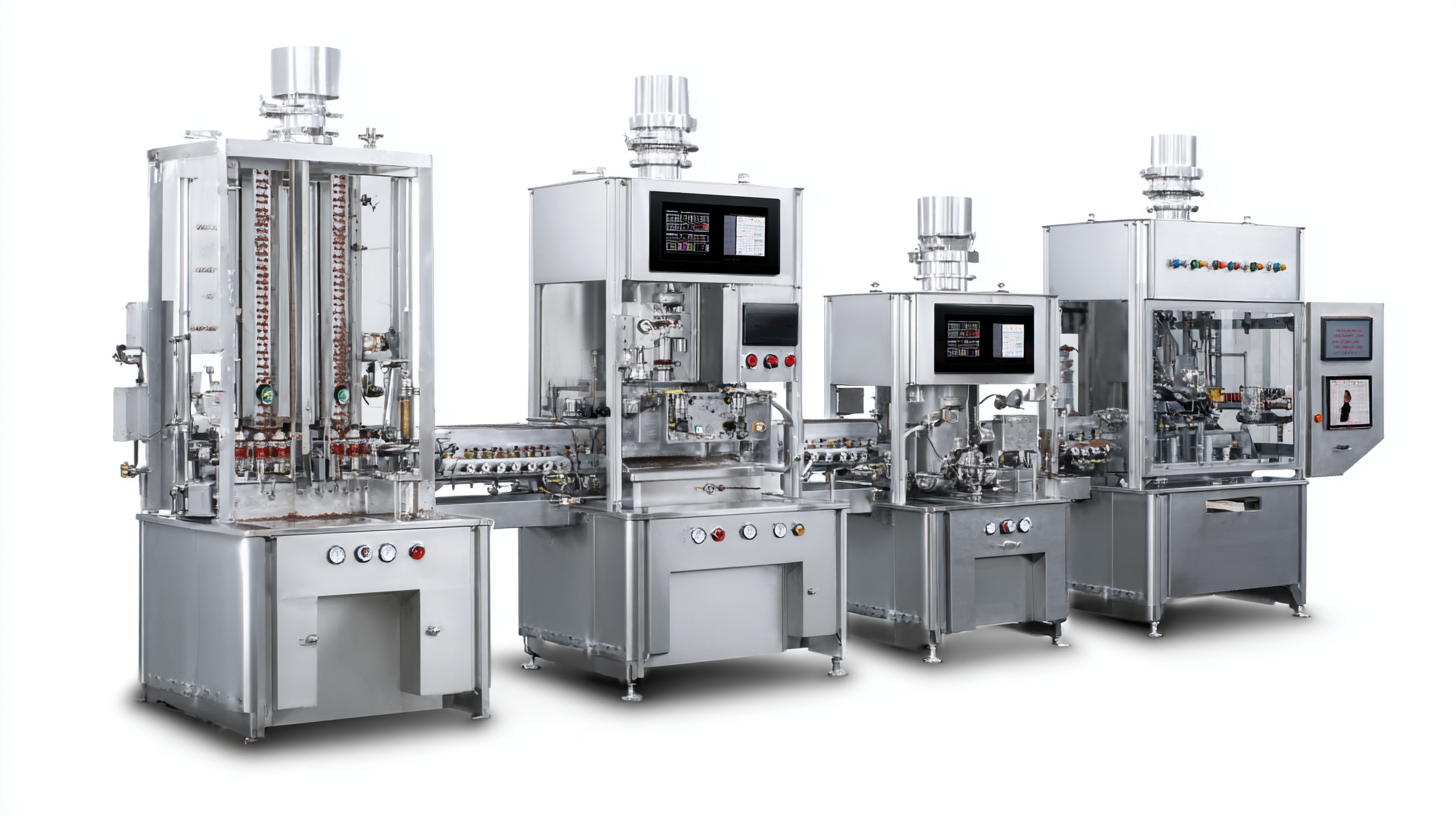
Types of Cocoa Machines: Finding the Right Fit for Your Production
When selecting the appropriate cocoa machines for your business, it is crucial to understand the various types available and how they align with your production goals. The cocoa processing industry has witnessed a significant technological evolution, with machines specifically designed for different stages of cocoa processing, including roasting, grinding, and refining. According to a report by Allied Market Research, the global cocoa processing equipment market is projected to grow from $568 million in 2020 to $879 million by 2027, indicating a rising demand for advanced machinery in this sector.
One of the fundamental types of cocoa machines is the cocoa butter press, which extracts cocoa butter from cocoa liquor. These machines operate with varying capacities, catering to businesses of different sizes, from artisanal chocolatiers to large manufacturers. Additionally, conching machines play a vital role in the refinement process, ensuring a smooth and homogeneous chocolate texture. Research from Technavio suggests that the rising consumer preference for high-quality chocolate will propel the demand for state-of-the-art conching equipment. Therefore, understanding these types of machines not only helps in optimizing production efficiency but also in maintaining product quality, which is essential in today’s competitive cocoa market.
Types of Cocoa Machines: Finding the Right Fit for Your Production
Key Features to Consider When Selecting Cocoa Machines
When selecting cocoa machines for your business needs, it’s essential to consider several key features that can significantly impact efficiency and product quality.
Firstly, the capacity of the machine is crucial. Depending on your production volume, you should assess whether you need a high-capacity industrial machine or a smaller unit that suits artisanal production.
High-capacity machines are designed for large outputs and can streamline your operations, while smaller machines may offer the flexibility required for niche markets.
Another vital feature to take into account is the machine's versatility. Look for equipment that can handle various processes, such as roasting, grinding, and pressing, as this can save both space and investment costs.
Additionally, consider the ease of maintenance and cleaning. Machines that are user-friendly and designed for easy disassembly will reduce downtime and maintenance costs.
Lastly, pay attention to energy efficiency and durability, as these factors can greatly influence your operational costs in the long run.
By carefully evaluating these features, you can choose cocoa machines that align perfectly with your business objectives.
Budgeting for Cocoa Machines: Cost vs. Quality Analysis
When budgeting for cocoa machines, it's essential to weigh the balance between cost and quality. According to a recent industry report by the International Cocoa Organization, the global cocoa processing market is expected to grow at a CAGR of 5.2% from 2021 to 2026, prompting many businesses to invest in equipment that not only meets production demands but also ensures quality. Lower-priced machines may reduce initial expenses but can lead to higher operational costs due to inefficiencies and increased maintenance, potentially affecting product quality.
Quality cocoa machines, while typically more expensive upfront, often offer better energy efficiency and superior product output. A study conducted by the Food and Agriculture Organization (FAO) indicates that investing in high-quality machinery can lead to a 30% increase in productivity and a 20% reduction in waste. This means that long-term savings and superior product quality can offset the higher initial investment, making it crucial for businesses to consider not just the purchase price, but the overall value that a quality cocoa machine could bring to their operations. Choosing the right equipment could very well determine the success and sustainability of cocoa-related ventures in an increasingly competitive market.
How to Choose the Right Cocoa Machines for Your Business Needs - Budgeting for Cocoa Machines: Cost vs. Quality Analysis
| Machine Type | Cost ($) | Quality Rating (1-5) | Monthly Maintenance Cost ($) | Production Capacity (kg/h) |
|---|---|---|---|---|
| Small Batch Cocoa Grinder | 800 | 4 | 50 | 20 |
| Medium Size Cocoa Melanger | 2500 | 5 | 75 | 50 |
| Industrial Cocoa Processor | 10000 | 5 | 300 | 150 |
| Cocoa Butter Press | 7000 | 4 | 150 | 100 |
Maintenance and Support: Ensuring Longevity for Your Cocoa Equipment
When investing in cocoa machines for your business, maintenance and support play crucial roles in ensuring the longevity and efficiency of your equipment. A recent industry report by The Specialty Coffee Association indicates that regular maintenance can extend the life of cocoa processing machines by up to 30%. This is significant, considering the initial investment costs, which can range from $5,000 to over $100,000 depending on the machine's capabilities and features. Regularly scheduled servicing not only prevents unexpected downtimes but also maximizes productivity, allowing businesses to maintain their edge in a competitive market.
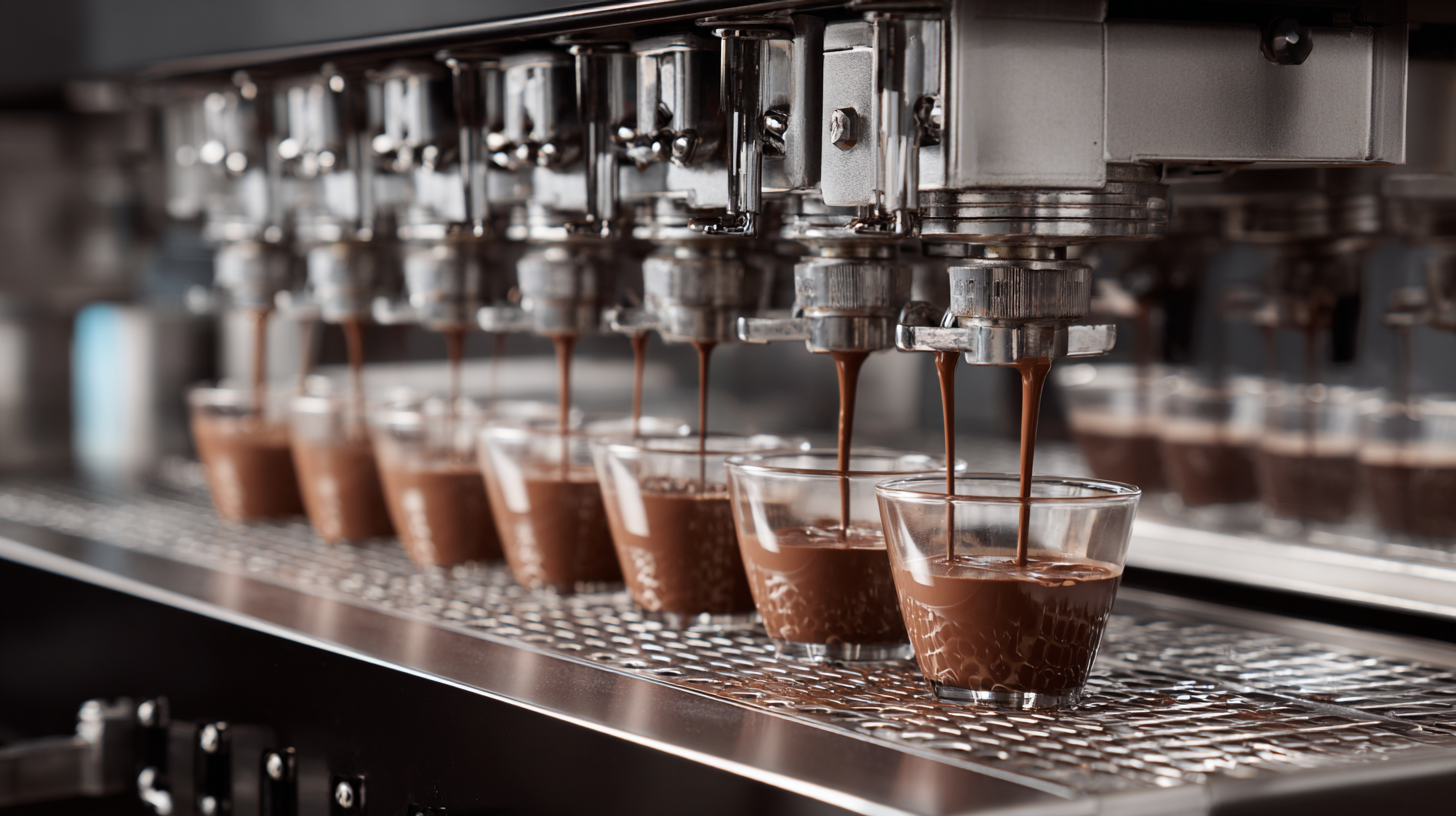
Moreover, selecting a supplier who offers comprehensive support and maintenance services is essential. According to a survey by the International Cocoa Organization, nearly 40% of businesses reported that equipment failure due to inadequate support systems led to production halts. Having a reliable support system in place, including access to spare parts and skilled technicians, ensures that minor issues can be addressed promptly before they escalate into major problems. By prioritizing maintenance and support, businesses can safeguard their investments and enhance operational efficiency, ultimately leading to better product quality and customer satisfaction.
Related Posts
-
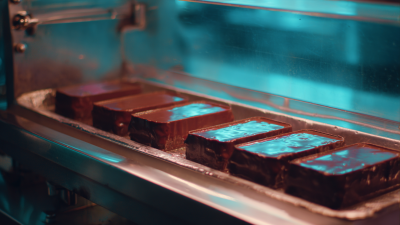
How to Choose the Best Chocolate Warmer Machine for Your Business Needs
-
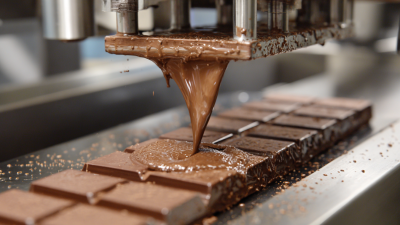
What is the Innovation Behind Selmi Chocolate Machine Technology
-

Exploring the Alternatives to Traditional Hot Chocolate Machines for Your Beverage Business
-

Challenges in Chocolate Bar Wrapping Machine Efficiency: Insights from Industry Data
-

Overcoming Common Challenges in Hot Cocoa Maker Production: Insights and Solutions
-

Top Strategies for Enhancing Efficiency with Chocolate Wrapping Machines
